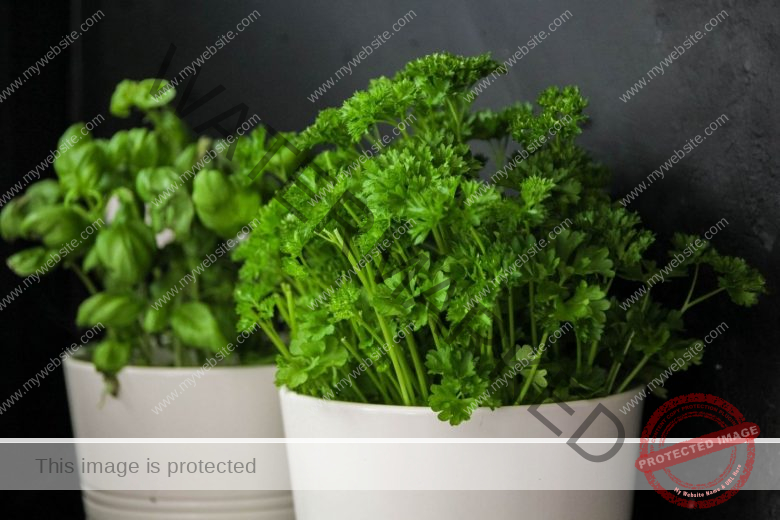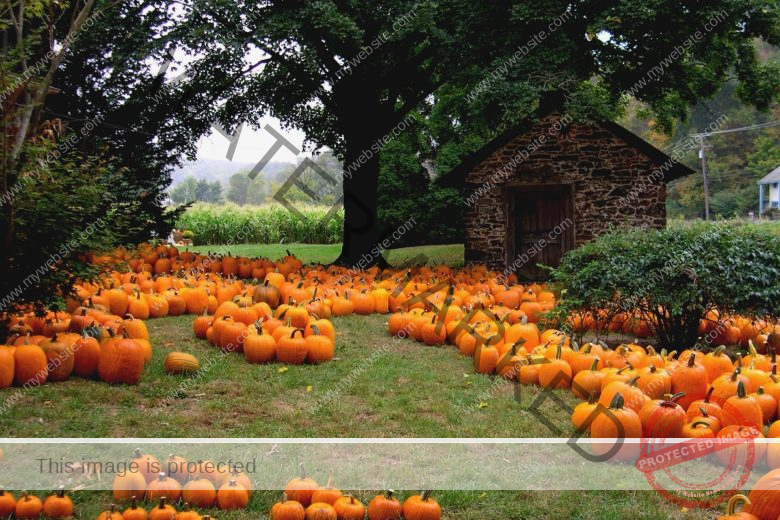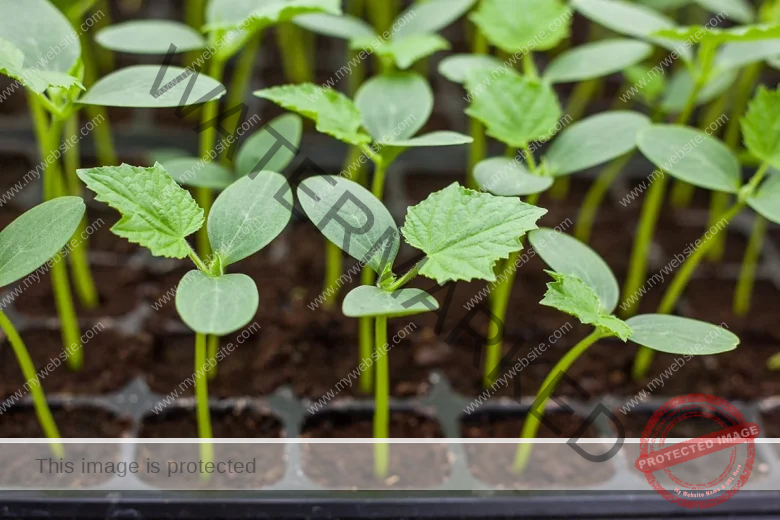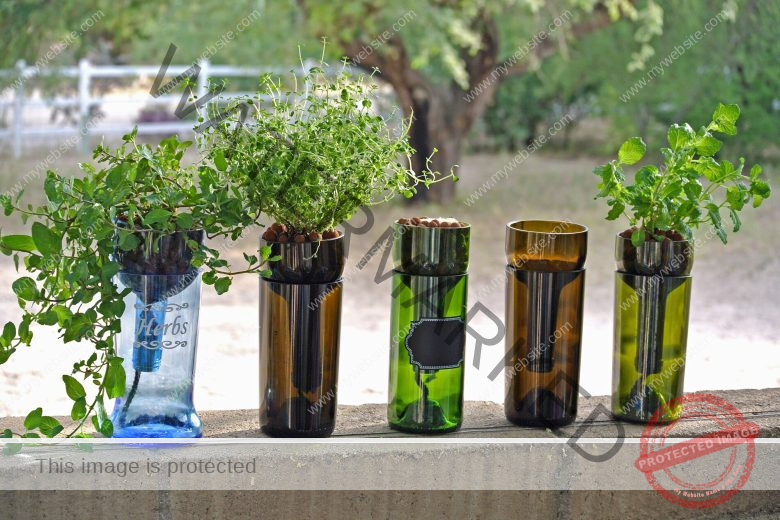Cinnamon is a highly prized spice around the world, known for its sweet and aromatic flavor, as well as its medicinal properties. While it is traditionally grown in tropical regions such as Sri Lanka, Indonesia, and India, it is also possible to grow cinnamon in South Africa.
If you are interested in cultivating cinnamon in your garden, there are several factors to consider, including climate, soil, and watering needs. With the right conditions and care, you can grow your own cinnamon tree and enjoy fresh, flavorful cinnamon in your cooking and baking.
In this guide, we will explore the steps involved in growing cinnamon in South Africa.
How to Grow Cinnamon in South Africa Step By Step Guide
Growing cinnamon in South Africa is an amazing enterprise. You can grow cinnamon for personal reason, and you can also grow the plant for commercial purpose.
The steps to grow cinnamon in South Africa have been discussed in detail below so that you can have a broad understanding on how you can grow cinnamon with little or no supervision.
Read Also: [Beginners Guide] How To Grow Cinnamon In Florida
Step 1. Pick the Proper Location
The optimal conditions for cinnamon plant growth are warm, humid climates with well-draining soil. In your farm or garden, pick a location that receives full to partial sunlight and protection from severe winds.
More so, search for a location with a high amount of humidity and protection from severe winds. Additionally, the area has to have soil that drains effectively.
Make sure the pot or container has plenty of drainage outlets at the bottom and is placed in a sunny area if you’re growing cinnamon in one.
Read Also: [Beginners Guide] How To Grow Cinnamon in Ghana
Step 2: Get the Soil Ready
Cinnamon plants prefer soil that has a pH between 5.5 and 7.0, which is somewhat acidic. Test the soil in the desired site and, if necessary, enrich it with organic material like compost or manure.
Add some dolomite lime to raise the pH if it’s too low, and sulfur to lower it if it’s too high. Also, you can add organic material to the soil, such as compost or well-rotted manure. This will enhance the soil’s fertility, water-holding capacity, and soil texture.
Dig the soil down at least 30 cm, taking care to remove any rocks, roots, or other objects.
Read Also: [Beginners Guide] How to Grow Cinnamon in Nigeria
Step 3. Obtain Cinnamon Seeds or Seedlings
From a respected nursery or seed provider, get cinnamon seeds or seedlings of the highest caliber. To soften the seed coat and encourage germination, immerse cinnamon seeds in water for 24 hours prior to planting.
Choose plants with strong roots, green leaves, and no symptoms of disease or pests if you’re growing cinnamon from seedlings.
Read Also: [Beginners Guide] How To Grow Cinnamon In Australia
Step 4. Sow the Cinnamon Seedlings
If you’re using seedlings, make a hole in the prepared soil that’s slightly larger than the seedling’s root ball.
Place the seedling carefully in the hole, making sure the top of the root ball is level with the soil surface. Backfill the hole with dirt, gradually firming it around the plant’s base.
Keep the soil moist but not wet, and keep the tray or pots in a warm, well-lit location.
Read Also: [Beginners Guide] How To Grow Cinnamon In Canada
Step 5. Water the Plants
Regular watering is necessary for cinnamon plants to grow properly, especially throughout the growing season. Deeply water the plants once or twice a week, depending on the climate and the condition of the soil. To avoid root rot, avoid overwatering.
To prevent harming the plants or soil, use a drip irrigation system or a watering bucket. Likewise, keep a frequent eye on the soil moisture level and adjust the watering schedule as necessary.
Read Also: [Beginners Guide] How To Grow Cinnamon Indoor
Step 6. Apply Fertilizer
Throughout the growing period, apply a balanced fertilizer every six to eight weeks, such as 10-10-10 or 12-12-12.
For the rates of application and procedures, stick to the manufacturer’s recommendations. Use organic fertilizers to increase soil fertility and supply necessary nutrients, such as fish emulsion, bone meal, or compost.
Step 7. Trim the Plants
Regularly trim the cinnamon plants to encourage bushy growth and manage their size. Trim any branches that are dead or infected, and pull out any suckers that emerge from the plant’s ground level.
Read Also: [Beginners Guide] How To Grow Cinnamon Tree From Seed
Step 8. Harvest the Cinnamon
The cinnamon plant is harvested by cutting off the mature branches and stripping the bark from them. Wait until the cinnamon tree is at least 2-3 years old before harvesting.
Select the mature branches that are at least 1-2 inches in diameter. Use a sharp knife to make a horizontal cut into the bark about 1 inch from the base of the branch.
Use a flat tool to gently pry off the bark in long strips, starting from the cut and working your way down the branch. Carefully remove the inner bark, which is the cinnamon layer, from the outer bark.
Allow the cinnamon to dry in a well-ventilated area for 2-3 days. Once dry, the cinnamon can be stored in an airtight container or ground into cinnamon powder.
Read Also: [Beginners Guide] How To Grow Cinnamon Basil
Benefits of Growing Cinnamon in South Africa
- High Demand: Cinnamon is a valuable spice that is in high demand globally. Growing cinnamon in South Africa can provide farmers with a profitable source of income.
- Medicinal Properties: Cinnamon is known for its medicinal properties, such as its ability to lower blood sugar levels and reduce Many cultures use it in traditional medicine.
- Diverse Uses: Cinnamon is not just used in cooking, but also in cosmetics, perfumes, and essential oils. This means that there are many markets for cinnamon products.
- Sustainable Crop: Cinnamon is a sustainable crop that can grow for up to 50 years, making it a long-term investment for farmers.
- Easy to Grow: Cinnamon trees are relatively easy to grow and require minimal care once established.
Read Also: [Beginners Guide] How to Grow Cinnamon at Home
Best Practices of Growing Cinnamon in South Africa
- Soil Preparation: Cinnamon trees require well-draining soil with a pH between 5.5-7.5. Adding organic matter such as compost or manure can improve soil quality.
- Planting: Cinnamon trees should be planted in a sunny location with plenty of space for growth. The trees should be planted at least 6 meters apart.
- Watering: Cinnamon trees require regular watering, especially during dry periods. However, the soil should not be waterlogged as this can cause root rot.
- Fertilizing: Cinnamon trees benefit from regular fertilization with a balanced fertilizer.
- Harvesting: Cinnamon trees can be harvested after 3-4 years. Only a third of the tree should be harvested at a time to ensure its sustainability.
Read Also: [Beginners Guide] How To Grow Ceylon Cinnamon
Challenges of Growing Cinnamon in South Africa
- Climate: Cinnamon trees require a tropical climate with high humidity and rainfall. Some parts of South Africa may not have the ideal climate for cinnamon cultivation.
- Pests and Diseases: Cinnamon trees can be susceptible to pests and diseases, such as root rot, stem borers, and spider mites.
- Lack of Knowledge: The cultivation of cinnamon is not widely practiced in South Africa, which means that there may be a lack of knowledge and resources for farmers.
The Best Time to Grow Cinnamon in South Africa
The best time to grow cinnamon in South Africa is during the rainy season, which is typically from November to February. This is when the soil is moist and the trees can establish their roots.
Varieties of Cinnamon you can grow in South Africa
There are several varieties of cinnamon that can be grown in South Africa, including Ceylon cinnamon (Cinnamomum verum), Indonesian cinnamon (Cinnamomum burmannii), and Chinese cinnamon (Cinnamomum cassia).
Common Diseases and Pests of Cinnamon Plants
Common diseases and pests of cinnamon plants include root rot, stem borers, spider mites, and leaf spot disease.
Cost of Growing Cinnamon in South Africa
The cost of growing cinnamon in South Africa will depend on various factors such as the size of the farm, the cost of labor, and the cost of inputs such as fertilizer and pesticides.
However, cinnamon is known for its high value, which means that it can provide farmers with a profitable return on investment.
Where you can sell your Cinnamon in South Africa
Farmers can sell their cinnamon products to local markets, supermarkets, and spice traders. More so, there are online platforms such as Etsy and Amazon that allow farmers to sell their products globally.
How to Grow Cinnamon from Seed
Growing cinnamon from seed is a slow but rewarding process. Start by obtaining fresh cinnamon seeds, which can be purchased online or harvested from a ripe cinnamon fruit.
Soak the seeds in water for 24 hours before planting them in well-draining soil. Keep the soil moist and warm, ideally at a temperature between 25-30°C. Cinnamon seeds can take up to 6 months to germinate, so be patient.
How to Grow Cinnamon from Cuttings
Growing cinnamon from cuttings is a faster way to propagate the tree. Take a cutting from a healthy cinnamon tree, around 10-15cm long, and remove the leaves from the bottom half.
Place the cutting in a pot with well-draining soil after dipping it in rooting hormone. Within two to three weeks, the cutting should root if you keep the soil warm and moist.
Cinnamon Tree
The cinnamon tree is a tropical evergreen tree that grows up to 20 meters tall in the wild. The tree has shiny, dark green leaves and produces small, white or yellow flowers that develop into the cinnamon fruit. The bark of the cinnamon tree is used to make cinnamon spice.
Where Can I Buy a Cinnamon Tree
Cinnamon trees can be purchased from some nurseries or online retailers. It’s important to ensure you are buying from a reputable source and that the tree has been propagated through ethical and sustainable methods.
Cinnamon Tree Growing Conditions
Cinnamon trees thrive in tropical climates with high humidity and rainfall. They prefer well-draining, loamy soil with a pH of 5.5-7.0. Cinnamon trees need full sun to grow and should be protected from strong winds.
How to Harvest Cinnamon
Cinnamon is harvested by peeling the bark off the cinnamon tree. Wait until the tree is at least 2-3 years old before harvesting. Carefully cut the branches of the tree and remove the outer bark. The inner bark should be scraped off, and the remaining cinnamon sticks should be left to dry in the sun for several days before use.
How to Grow Cinnamon Indoors
Cinnamon trees can be grown indoors in pots, provided they have access to plenty of sunlight and warmth.
Choose a large pot with good drainage and fill it with well-draining soil. Regularly water the tree, but don’t overwater it.
Indoor cinnamon trees may not produce as much cinnamon as outdoor trees, but they can still be a beautiful and fragrant addition to your home.
Cinnamon Tree Seeds
Cinnamon tree seeds are available for purchase online or from reputable nurseries.
It’s important to ensure the seeds have been obtained through ethical and sustainable methods to protect the environment and the livelihoods of local farmers.
Remember that cinnamon seeds can take up to 6 months to germinate, so be patient and provide them with the right growing conditions.
Conclusion
Growing cinnamon in South Africa requires the right climate, soil conditions, and careful cultivation practices. With proper planning and care, farmers can produce high-quality cinnamon for both domestic and international markets. It is important to continually educate oneself on best practices and new developments in the industry to ensure a successful cinnamon-growing operation.





